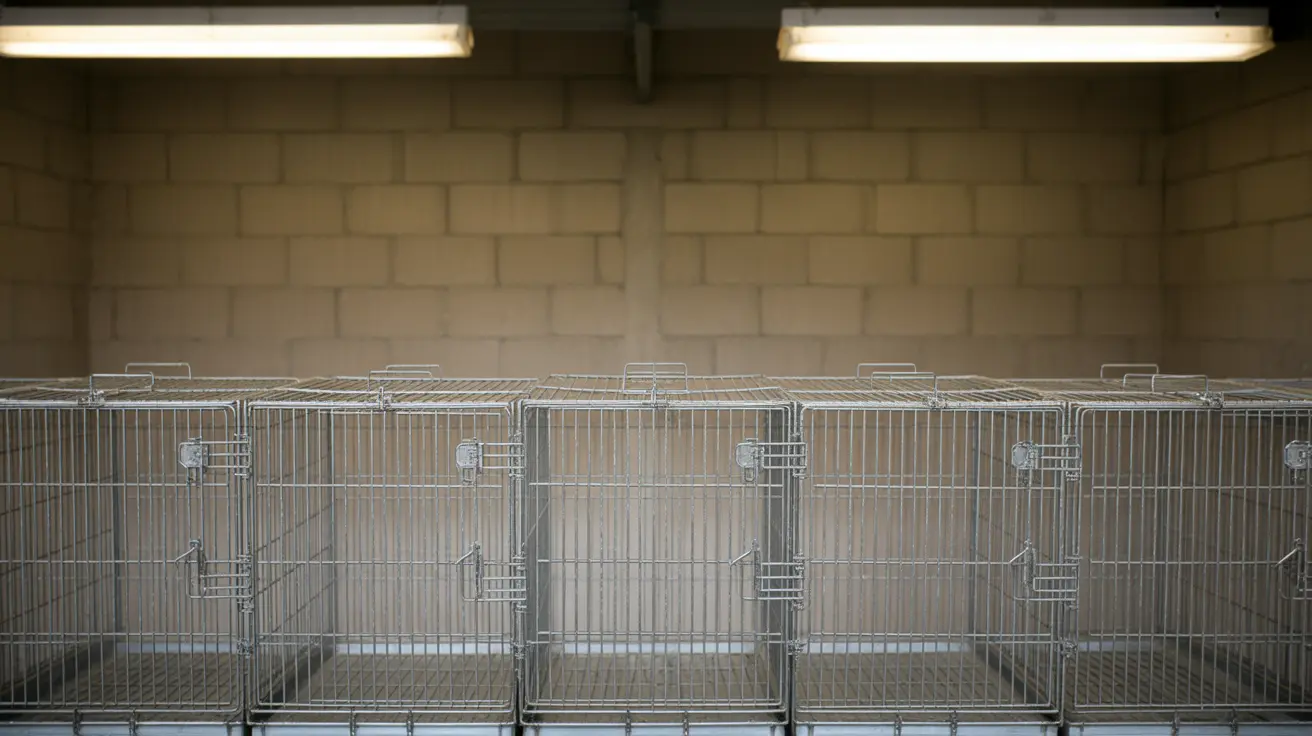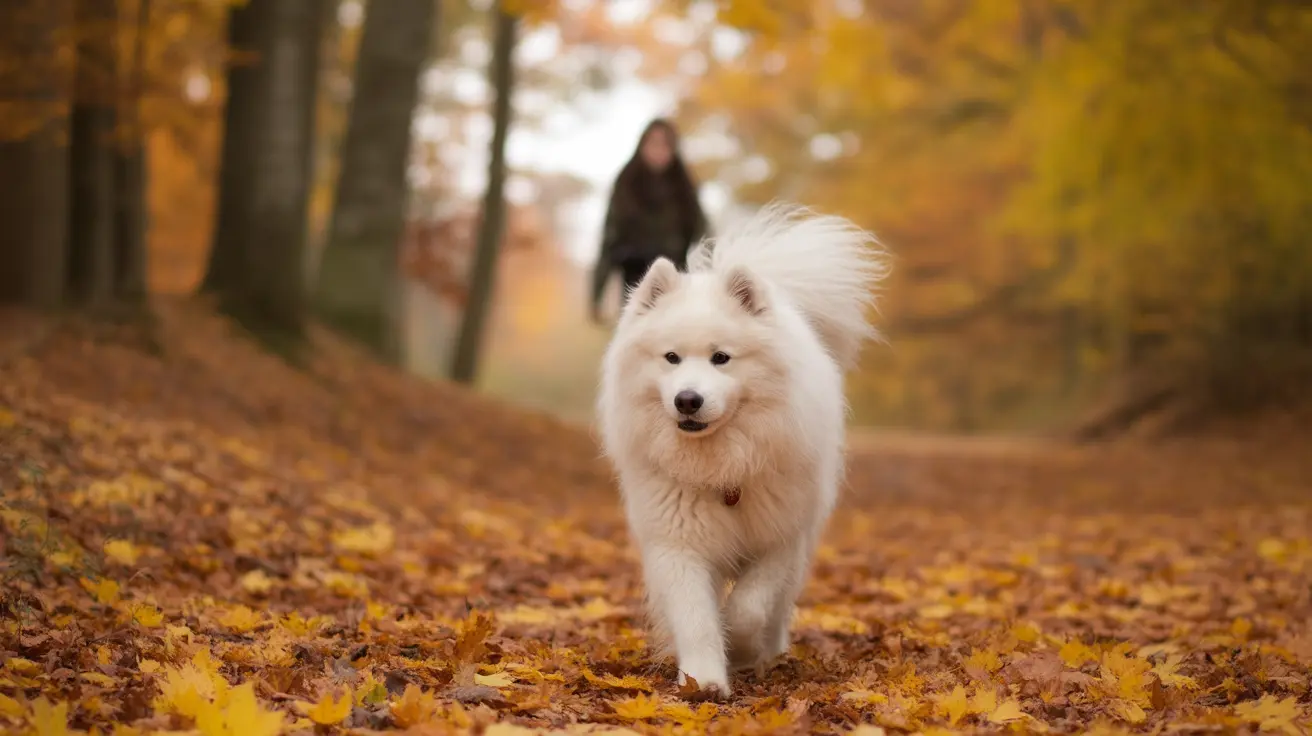Should You Place Your Cat's Water and Food Bowls Together?
When setting up your cat’s feeding environment, it might seem practical to place food and water bowls next to each other. However, doing so may not align with your cat's natural preferences or needs and could lead to reduced water intake and increased stress—especially in multi-cat households.
Understanding Feline Feeding Preferences
Cats are naturally solitary hunters and eaters. In domestic settings, they exhibit a strong preference for separation of resources. This includes not only keeping their food, litter box, and resting areas distinct but also separating food from water.
Why Cats Prefer Food and Water in Separate Areas
- Instinctual behavior: In the wild, cats often avoid drinking water near food to prevent contamination. This instinct persists in domestic cats.
- Improved hydration: Separating water from food may encourage cats to drink more, which is especially important given their low natural thirst drive.
- Reduced whisker stress: Providing separate, spacious bowls in quiet areas lowers environmental stressors that can discourage both eating and drinking.
Best Practices for Feeding and Hydration Stations
Creating the ideal feeding environment means optimizing security, comfort, and access for your cat. Follow these proven guidelines:
- Use wide, shallow bowls to prevent whisker fatigue.
- Place food and water in different rooms or at least at a significant distance apart.
- Choose calm, low-traffic areas so your cat can eat and drink undisturbed.
- For multiple cats, provide separate sets of bowls in multiple locations to prevent competition and stress.
Food and Water Bowl Placement in Multi-Cat Homes
In a multi-cat household, placing food and water next to one another can increase tension and competition. To ensure fair access and reduce stress:
- Designate individual feeding zones per cat with food and water bowls kept separately.
- Use vertical separation—placing one cat’s water on a shelf and another’s on the floor, if space allows.
- Ensure visual separation between feeding locations to give each cat a sense of safety.
Techniques to Encourage Hydration
Cats often fail to drink adequate water, especially when fed mostly dry kibble. You can encourage better hydration by:
- Offering wet food which typically contains over 75% moisture.
- Using cat fountains to provide running water, which many cats find more appealing.
- Frequent fresh water changes and placing multiple bowls around the home.
Feeding Schedule and Environment
Cats benefit from a stable feeding routine. Whether you opt for meal feeding, free feeding, or combination feeding, always account for environmental preferences:
- Meal feeding: Feeding at fixed times allows monitoring intake and preventing overeating.
- Free feeding: Convenient but should be portion-controlled to avoid obesity.
- Combination feeding: Offers flexibility and nutritional variety but requires careful calorie monitoring.
Final Thoughts
While putting food and water next to each other may seem convenient for owners, it can go against a cat’s natural instincts. By separating these resources, you encourage healthier hydration, reduce stress, and create a more feline-friendly environment. If you have multiple cats or observe anxious or aggressive behavior around feeding time, it becomes even more critical to ensure separation of food and water, along with the provision of multiple stations.
Consulting your veterinarian can help you determine the most suitable arrangement based on your cat’s age, health, and behavior. But generally speaking, keeping food and water bowls apart benefits most cats and supports their well-being on both physical and emotional levels.





